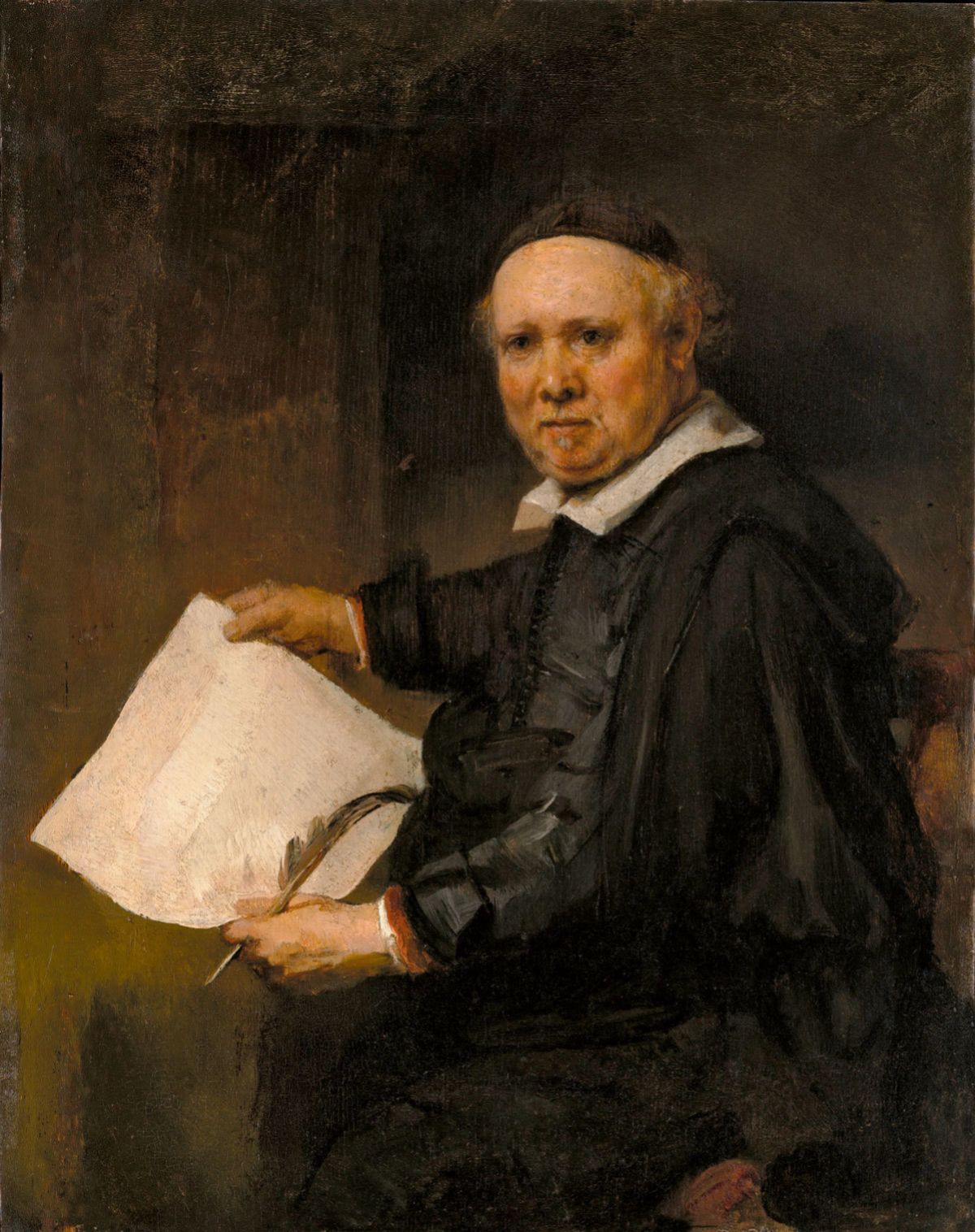The Thyssen Museum presents, for the first time in Spain, an exhibition dedicated to the unknown facet as a portraitist of the most important Dutch painter of the 17th century
Rembrandt (1606-1669) is considered the most important Dutch painter of the 17th century . While most of his contemporaries specialized in a specific genre, he managed to become a reference in various fields, not only as a painter, but also as an engraver and draftsman. Curiously, his skill with the portrait, where he also reached a maximum level, had not been sufficiently valued to organize an exhibition dedicated exclusively to that facet in our country.
The Thyssen-Bornemisza National Museum comes out of that affront and, taking advantage of the end of the celebrations of the 350th anniversary of the painter's death, which was fulfilled last year - which greatly limited the number of Dutch cadres available for loan- , opens Rembrandt and the portrait in Amsterdam, 1590-1670 . The exhibition, curated by Norbert E. Middelkoop, presents a hundred paintings and prints that includes some of the best examples , both of Rembrandt -39 in total, 22 of them portraits- and other artists of the time -Juguer Ovens, Bartholomeus van der Helst, Frans Hals- in order to show the great variety and extraordinary quality of the Dutch Golden Age. The works come from museums and collections around the world, with loans from the Rijksmuseum, the Metropolitan of New York or The National Gallery of London. Many of them had not been to Spain before and, in some cases, leave their museum for the first time, like the portrait of a young man from the Nelson Atkins Museum in Kansas. It also highlights the set of engravings from the National Library of Spain.
New stage
«It is assumed that his career in Amsterdam could take off thanks to Hendrick Uylenburgh, a cousin of Saskia, the woman who would later become his wife. This art dealer brought the painter to Amsterdam with the perspective of safe work, which meant mainly producing portraits. Uylenburgh surely played an important role as an intermediary for the commission of The Anatomy Lesson of Dr. Nicolaes Tulp, an early milestone in Rembrandt's work due to the innovative composition and narrative qualities of the painting, ”explains Middelkoop.
Like other portraitists in Amsterdam, Rembrandt was conditioned by a market subject to the laws of supply and demand . But, unlike other artists, he did not allow the opinion of his clients or his fellow painters to interfere with his unique style. That is why the exhibition emphasizes presenting his work alongside that of his contemporaries, so that his green findings can be appreciated. In the words of Middelkoop, "Rembrandt's most important contribution to the art of portraiture is, without a doubt, the fact that he has applied, as far as possible, the rules of history painting to his paintings."
Data of interest:
What: Rembrandt and the portrait in Amsterdam, 1590-1670. Where: Thyssen-Bornemisza Museum (Paseo del Prado, 8. Madrid). When: until May 28
According to the criteria of
Know more
Comments
This news has no comments yet
Be the first in give your opinion
0 comments
